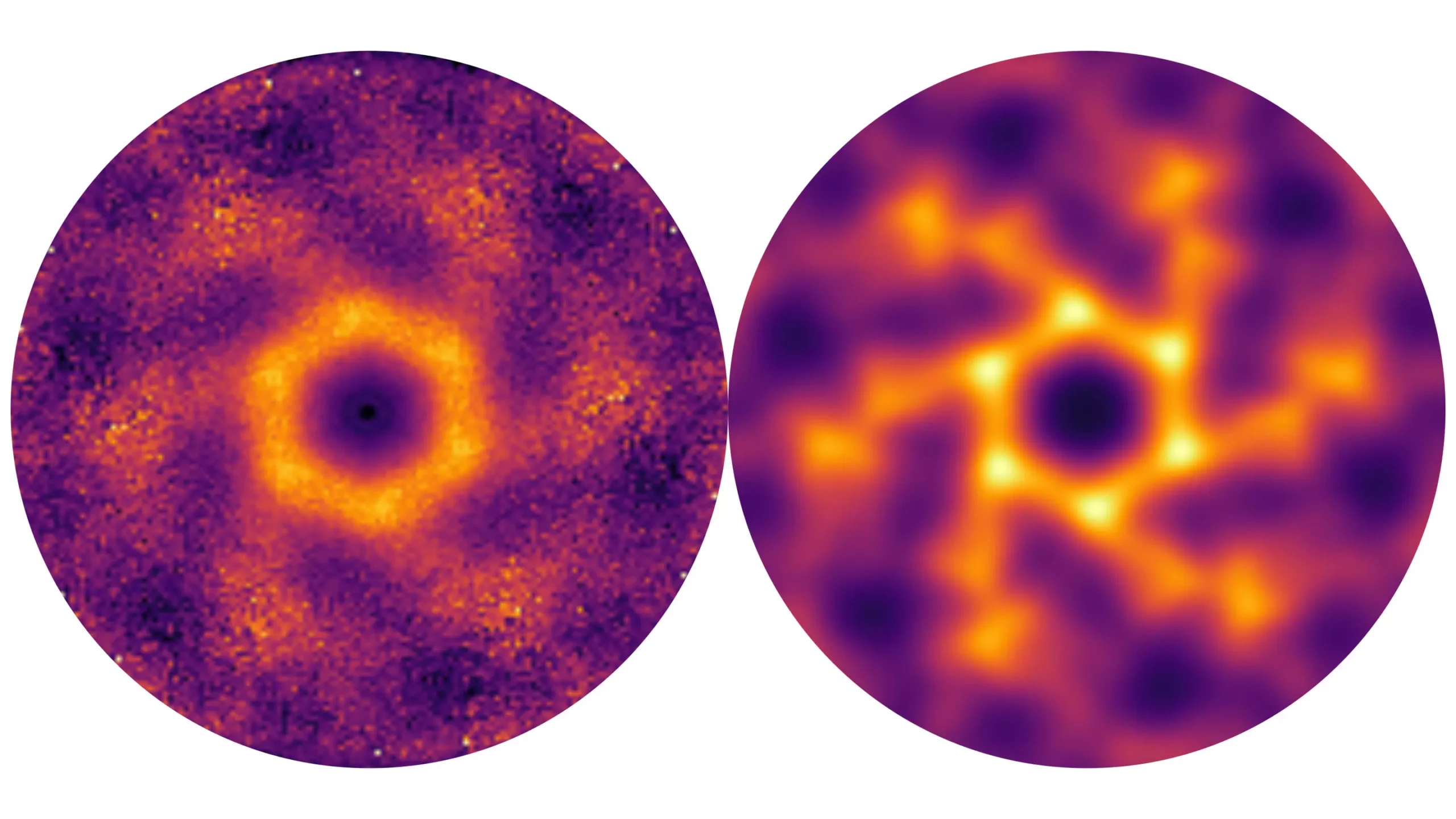In a groundbreaking discovery, an international team has identified a 3D quantum spin liquid in the langbeinite family of materials. This unique behavior was observed in a nickel-langbeinite sample, where the specific crystalline structure and magnetic interactions led to the formation of an island of liquidity. The team conducted experiments at the ISIS neutron source and utilized theoretical modeling to unravel the mysteries surrounding this phenomenon.
Magnetic frustration occurs when spins in a crystal lattice are unable to align to achieve a minimum energy state. In the case of the langbeinite sample, this frustration was magnified, causing the spins to fluctuate in a disordered manner. This behavior persisted even at near-zero temperatures, exhibiting characteristics of a quantum spin liquid. Quantum spin liquids, or QSLs, possess unique properties, including topologically protected phenomena that could have implications for future technologies such as stable qubits.
While quantum spin liquids were traditionally studied in two-dimensional structures, the discovery of a 3D quantum spin liquid in langbeinite opens up new possibilities. Langbeinites, a class of sulfate minerals with a rare occurrence in nature, present a fertile ground for exploring quantum behavior. By creating artificial langbeinite crystals with specific compositions, researchers were able to observe the formation of a quantum spin liquid in a 3D setting.
The team, led by Ivica Živković at EPFL, conducted experiments at the ISIS neutron source to measure magnetic fluctuations in the langbeinite sample. Surprisingly, the material exhibited quantum spin liquid behavior even at relatively warm temperatures of 2 Kelvin. Theoretical modeling, led by HZB theorist Johannes Reuther, provided insights into the complex interactions within the material. Through Monte Carlo simulations and calculations based on Feynman diagrams, the team was able to generate a theoretical phase diagram that accurately represented the experimental data.
The discovery of a 3D quantum spin liquid in langbeinite showcases the potential for further exploration within this class of materials. Langbeinites, which have largely remained unexplored, offer a promising avenue for studying quantum phenomena. The successful synthesis of new langbeinite representatives by the team led by HZB physicist Bella Lake points towards the exciting possibilities of uncovering more 3D quantum spin liquids in the future.
The discovery of a 3D quantum spin liquid in the langbeinite family represents a significant milestone in the field of quantum materials. By unraveling the intricate behaviors of these materials, researchers have opened up new avenues for exploring quantum spin liquids in three-dimensional structures. The implications of this discovery extend beyond fundamental research, offering potential applications in quantum technologies and beyond.


Leave a Reply